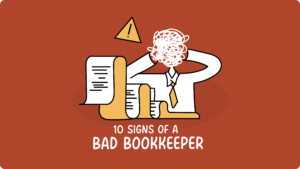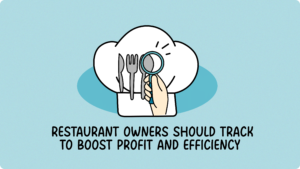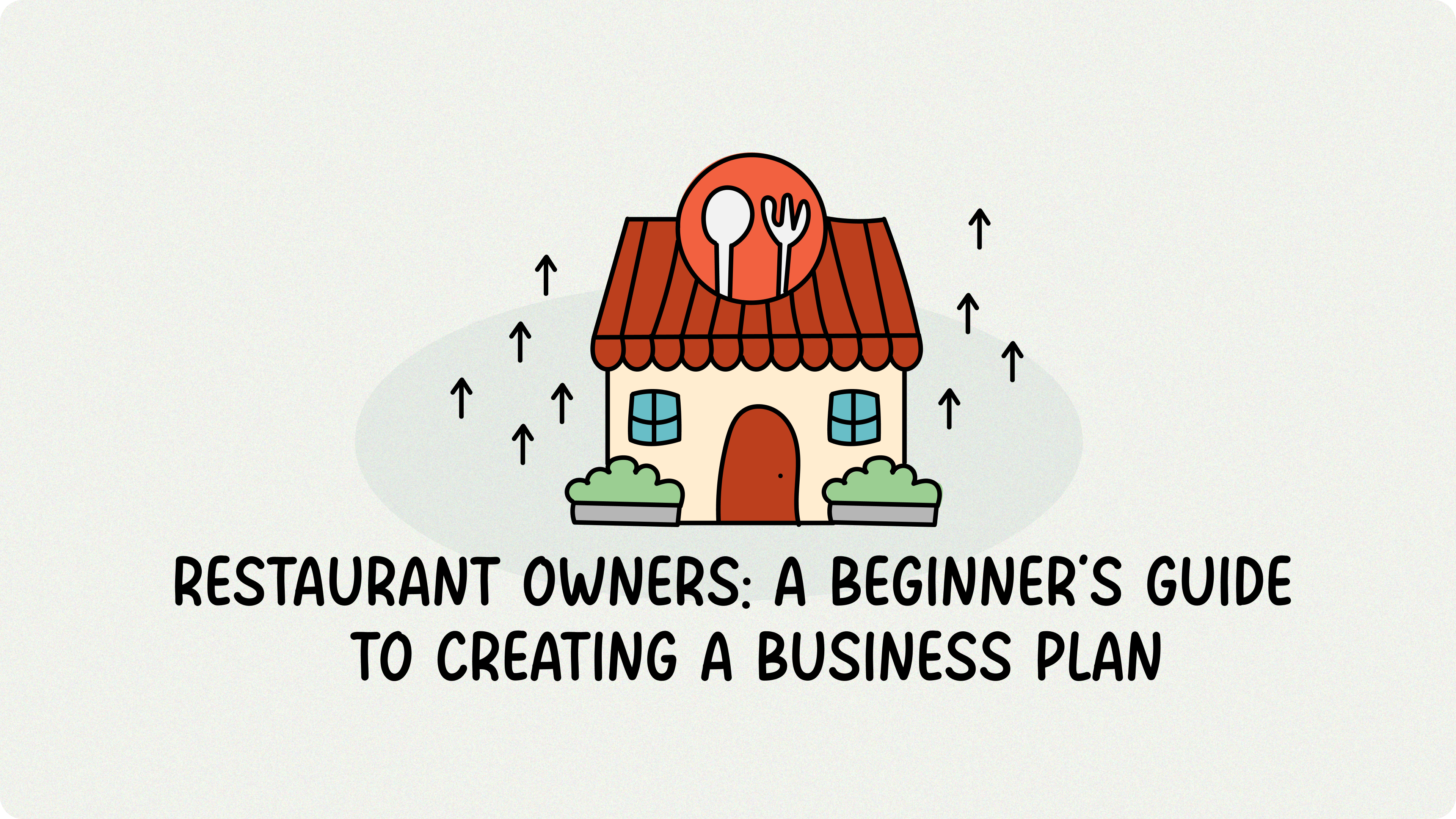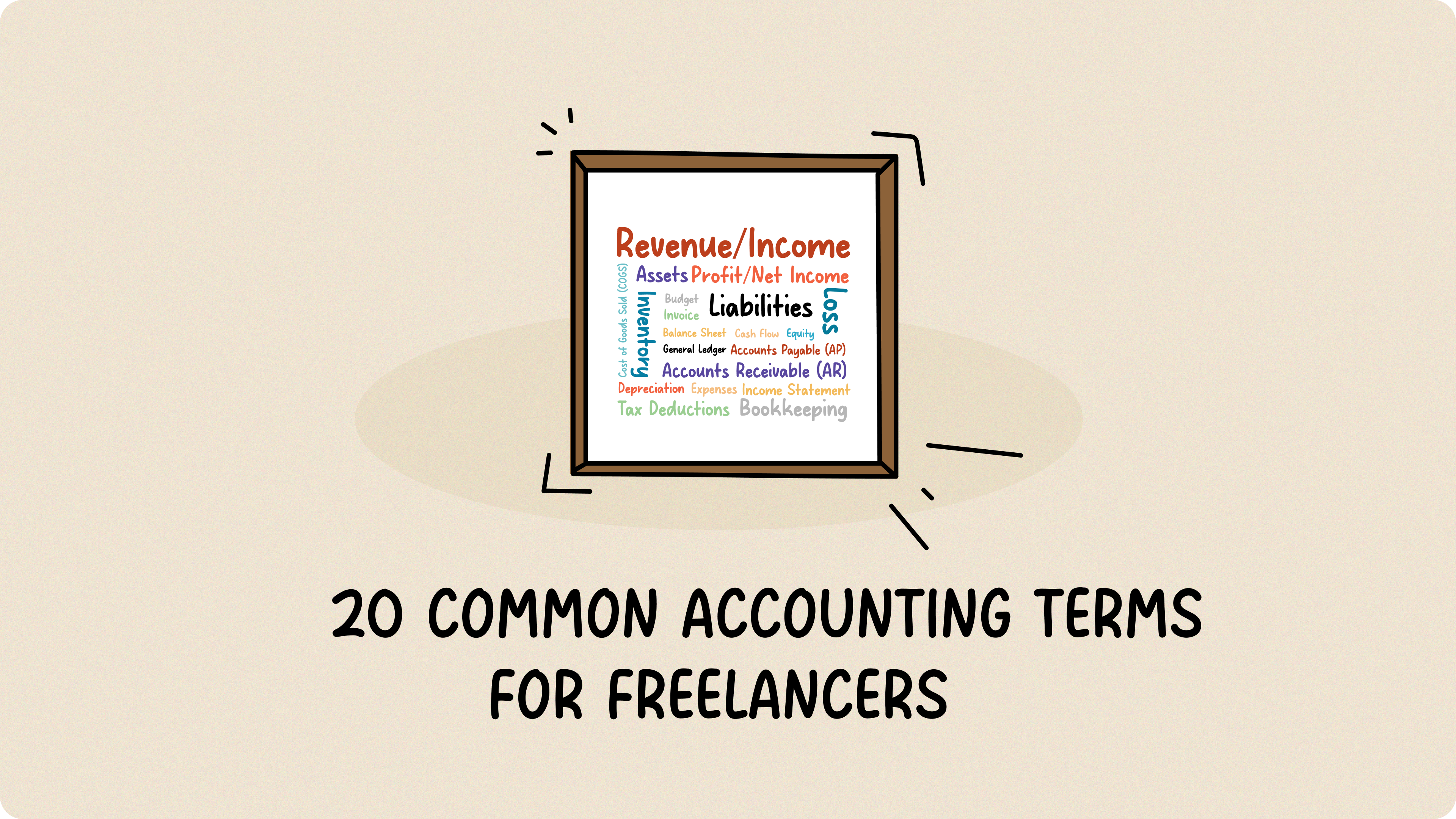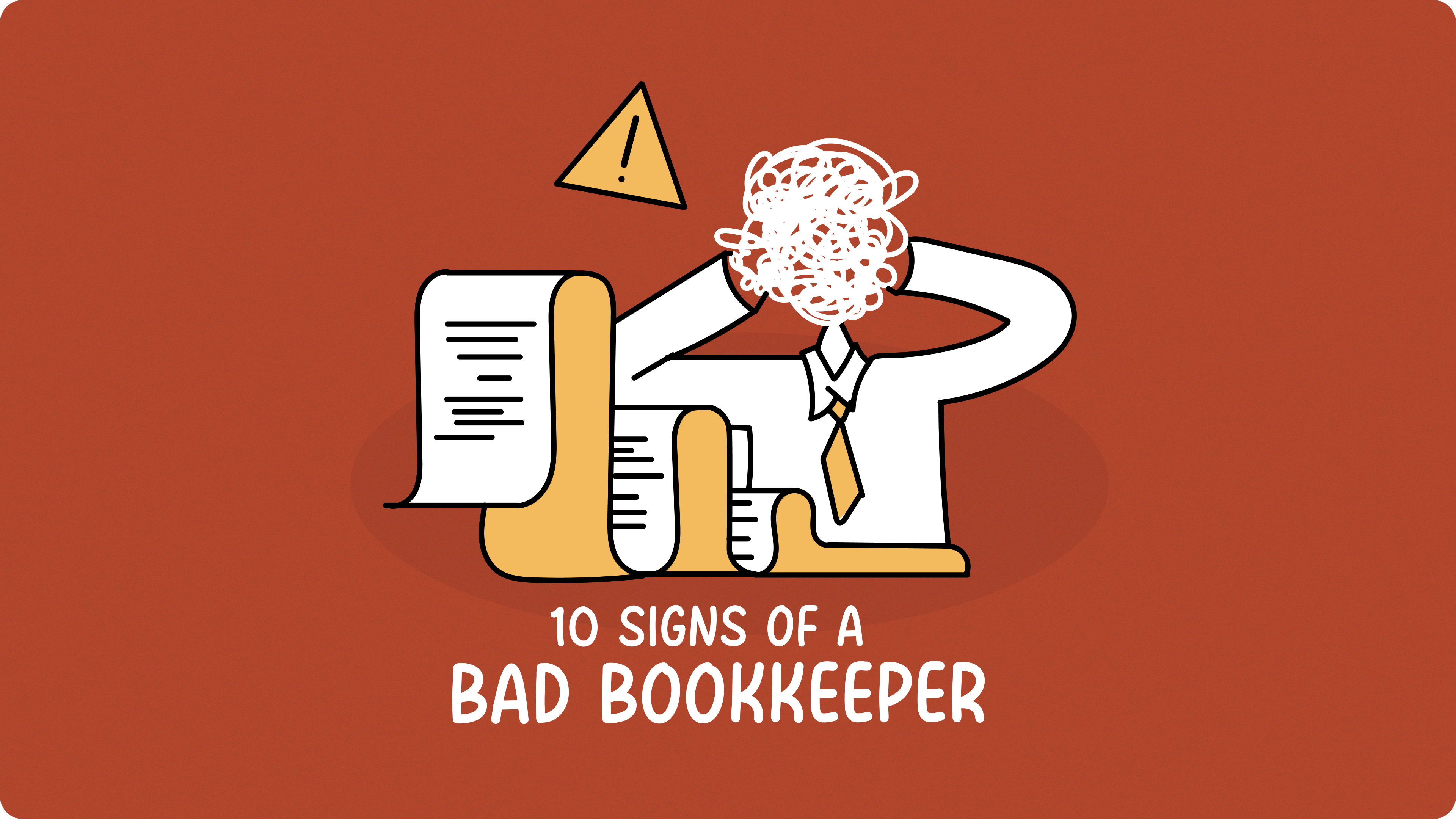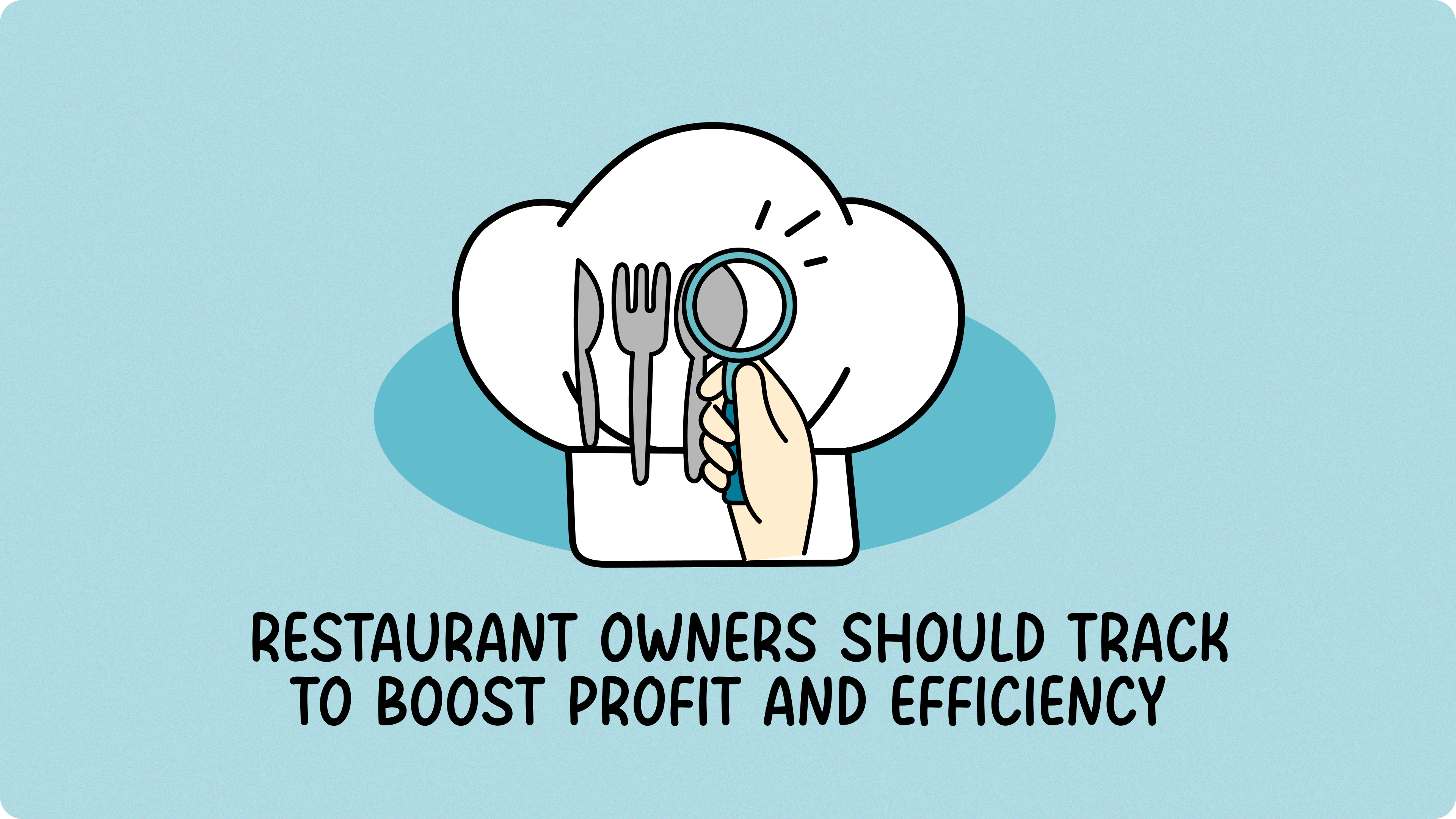You’ve got the vision—your very own restaurant! Whether it’s a cozy café, a bustling bistro, or a lively food truck, before you fire up the grill or brew that first pot of coffee, you’ll need a solid business plan.
Think of it as your key to success. By working through the hard parts, you’ll gain a clear and focused understanding of what it takes to succeed.
With all the right pieces in place, it’s a document you can complete in a day. This guide walks you through the essential steps to create one and includes links to a free, easy-to-use template to help you get started today.
Table of Contents
- What is Business Planning?
- What are the Essential Parts of a Business Plan?
- Example Business Plan
- Free Templates
- What’s Next?
What is Business Planning?
Before you even think about opening your restaurant, you’ve probably got a million questions swirling in your head: What kind of food are we serving? Who’s our ideal customer? How much is this whole thing going to cost, and when do we start seeing a profit? How are we going to get the word out? You’re basically trying to piece together a puzzle, and that’s exactly what a business plan does: it gathers all those puzzle pieces into one clear picture.
Think of it like a roadmap for your restaurant’s journey. It takes all those initial ideas and turns them into a structured plan, outlining the route you’re going to take. With this map in hand, you’re not just keeping yourself on track, you’re creating a reference point for everyone involved.
The business plan is also important to our stakeholders, for example investors can access the financial projections, potential partners would understand the direction and consider if they would collaborate. It’s all about showing people the whole plan clearly and align everyone’s expectation.
What are the Essential Parts of a Business Plan?
Section 1: Executive Summary
An executive summary is like a strategic brief. It’s a short, compelling preview that captures the essence of your business plan, enticing potential investors and partners to want to know more. It’s a narrative designed to spark interest by highlighting the most compelling aspects. Here’s what you’ll want to include:
- Restaurant Name
- Location
- Restaurant type (e.g. fast food, casual dining, food truck)
- Legal business structure (it is likely sole proprietorship, partnership or Limited Liability Company)
- Roles and responsibilities, i.e. the ownership structure
- Business opportunity
Section 2: Unique Selling Proposition (USP)
This section details your restaurant’s Unique Selling Proposition (USP), articulating what distinguishes it from competitors and why it is poised for success. It addresses fundamental questions: What specific problem does your restaurant solve for its target market? How does it effectively provide the solution? For instance, you might identify an underserved niche, such as the lack of authentic Turkish cuisine in a thriving business district, or capitalize on a recent market shift, like the closure of a popular restaurant creating a demand gap.
Therefore, this summary should describe your industry, your restaurant’s location, and its distinguishing features. Will you specialize in gourmet burgers near a sports arena? Feature a family recipe that’s a local sensation? Clearly convey your vision for success to your readers.
Section 3: Competitive Analysis
Before launching your restaurant, understanding the local food scene isn’t just helpful, it’s essential for long-term success. In this part of your business plan, you’ll explain how your restaurant will navigate the competitive landscape. And remember, your competition isn’t limited to just similar restaurants, it also includes meal delivery services, grocery stores with ready-to-eat options, and even entertainment venues that serve food and drinks.
Doing your homework like visiting other spots to check out customer demographics, menu styles, pricing, and overall vibe, can give you valuable insights into what’s working (and what’s not) in your area.
The goal here is to reduce risk and uncover real opportunities. A solid competitive analysis helps you spot gaps in the market, understand what your potential customers are looking for, and learn from what others are doing—both the good and the not-so-good.
Section 4: Food Offerings
Now that you know well about your competitors, it’s time to think of what you’ll sell and how they are priced. Generally, the pricing should balance ingredient costs and what your target customers are willing to pay based on local market conditions.
Design your menu for operational efficiency. Utilizing overlapping ingredients across multiple dishes can minimize food waste and reduce overall operational expenses.
Consider highlighting high-margin items, such as coffee, beverages, and desserts, depending on your restaurant’s concept. Implement bundled deals to encourage higher per-customer spending.
Think of a signature item for your restaurant, like the glazed doughnuts at Krispy Kreme or the fried chicken at KFC. People visit specifically for that standout dish, and often end up buying other items too.
Section 5: Marketing
What are your strategies for getting the word out about your restaurant? Will you advertise with KOLs, run ads on social media, distribute leaflets to nearby residents or offices, or offer special promotions for students? Try to estimate the cost of each marketing channel and the number of customers it may attract. In other words, calculate the customer acquisition cost. Explain why you believe the channels you’ve chosen are the most effective for reaching your target audience.
And don’t forget, you’ll want to build a strong brand identity too, something that’ll keep people coming back for more. Once you have written this section, take a step back and read it from an investor’s perspective. Does it inspire confidence? Does it make you want to invest? If the answer is yes, great job. This section is doing its job well.
Section 6: Operation Plan
This section explains how you’ll run your restaurant on a day-to-day basis, from setting up the space to managing everyday operations. You’ll want to think through all the important details, including your restaurant layout, how many staff you’ll need, what equipment to purchase, where to source your supplies, and the key costs involved, such as rent, wages, ingredients, and technology.
Using the right tools will make life a lot easier. For example, a POS system can help your customers pay quickly and accurately. You might use an inventory system to keep track of stock, a clock-in tool to manage staff hours, and accounting software to stay on top of your finances.
You’ll also need a plan to keep your kitchen well-stocked. Figure out how often you’ll need to reorder essentials, and start building relationships with reliable suppliers. Planning ahead here helps you avoid last-minute scrambles and keeps your kitchen running smoothly.
Section 7: Financial Plan
This section holds significant weight, especially if you’re hoping to attract lenders or investors. It should detail your startup costs, income projection, cash flow, and break-even analysis. The forecast should show your business idea can (and will) be profitable.
Startup Costs
Getting a restaurant going usually needs some money upfront. And that’s where your business plan comes in handy. It’s key to showing where you’ll get those funds, whether it’s loans, your own savings, crowdfunding, or something else. Basically, it lays out what it’ll cost to start, and how you’ll use that cash.
Income Projection
You’ve got your startup costs, the daily running expenses, your pricing, and who you’re aiming to serve. Now, it’s time to compile that information into an income projection. This document shows how your restaurant will generate profit by comparing your estimated sales (based on your pricing and market research) with your projected expenses. Create a monthly income projection for your first year.
Cash Flow Projection
For this part, we’re looking at how money moves in and out of the restaurant over time. It’s about making sure we have enough cash on hand to cover our bills and keep things running smoothly. So, we’ll break down where the money’s coming from, like sales and any loans, and where it’s going, like ingredient purchases, rent, and staff wages. We’ll project this out month by month for the first year. This helps us see if we might have any short-term cash crunches, and plan accordingly. Basically, it’s about showing that we’re not just making money on paper, but that we’ve got a solid handle on the actual flow of cash.
Break-Even Point
When Will You Start Making Money? Once you’ve figured out how you’ll make a profit and how much money you have to work with, you can figure out how long it’ll take before your restaurant is in the black. That’s what we call the break-even point.
Section 8: Goal
This section details your restaurant’s goals for growth and profit. In year one, you’ll focus on building customers and hitting specific sales and profit numbers. Over a longer period of several years, you plan to grow significantly, expand, and build a strong brand, while keeping your staff happy. These objectives will be realized through a well-defined strategy across marketing, operations, and financial management.
Example Business Plan
To provide a clear example, this is a shortened business plan for Fry Society.
Section 1: Executive Summary
Fry Society is a specialty restaurant concept located in the city’s vibrant food district, focusing exclusively on gourmet fries and complementary sauces. We aim to elevate the humble fry to a culinary art form, offering a diverse menu of handcrafted fries, innovative toppings, and unique dipping sauces. Our target market is food enthusiasts seeking a premium, customizable, and shareable dining experience. Fry Society is established as a limited liability partnership (LLP) between three founding members: Jose, Culinary Director, responsible for menu development and kitchen operations; Chris, Marketing and Brand Manager, responsible for brand strategy and customer engagement; and Miles, Operations and Finance Manager, responsible for financial planning and daily operations. We are committed to delivering a high-quality, engaging dining experience that sets us apart in the competitive food service industry.
Section 2: Unique Selling Proposition (USP)
Fry Society will differentiate itself by focusing exclusively on gourmet fries, offering a level of specialization unmatched in the local market. We will feature a wide range of potato varieties, cuts (from classic to waffle and curly), and cooking methods (baked, fried, air-fried), alongside an extensive selection of gourmet toppings and house-made dipping sauces. Our open kitchen concept will allow customers to witness the fry-making process, adding an element of entertainment and transparency. We will also cater to dietary restrictions with vegan and gluten-free options.
Section 3: Competitive Analysis
The local food scene includes burger joints, casual dining restaurants, and food trucks, all offering fries as a side dish. However, no competitor specializes exclusively in gourmet fries. Fry Society will capitalize on this gap by offering a unique, customizable, and high-quality fry experience. We will conduct ongoing market research to stay ahead of trends and adapt our menu accordingly.
Section 4: Food Offerings
Fry Society will offer:
- A diverse menu of handcrafted fries (classic, sweet potato, truffle, seasonal)
- Gourmet toppings (artisanal cheeses, braised meats, roasted vegetables, gourmet condiments)
- House-made dipping sauces (classic aioli, spicy ketchup, unique flavor combinations)
- Complementary beverages (craft beers, specialty sodas, milkshakes)
Section 5: Marketing
We’ll build our brand through a strong digital strategy, using engaging social media content and influencer partnerships to highlight our unique fry offerings. To connect with the local community and expand our reach, we’ll collaborate with breweries and delivery services. We’ll also create buzz through experiential marketing events like launch parties and tastings. To encourage repeat business, we’ll implement a customer loyalty program. Ultimately, we’ll focus on visually compelling and interactive content to create a memorable brand experience.
Section 6: Operation Plan
We’ll focus on quality and efficiency through strict ingredient control, streamlined kitchen workflows, and excellent customer service. A robust inventory system and cloud-based POS will support smooth operations. Comprehensive staff training will ensure consistent standards.
Section 7: Financial Plan
Fry Society’s startup costs, encompassing specialized kitchen equipment, initial inventory, and leasehold improvements, will be covered by a combination of founder contributions and a targeted small business loan. Our financial projections, based on market analysis and anticipated sales volume, indicate a steady increase in revenue and profitability within the first three years of operation. We anticipate a strong return on investment driven by our unique concept, efficient operations, and effective cost management.
Section 8: Goal
Our immediate goal is to establish Fry Society as a local favorite within the first year, achieving $400,000 in revenue and $80,000 in profit. Over the next five years, we aim for significant growth, targeting $1,200,000 in revenue and $300,000 in profit, through expansion and a strong online presence. We’ll prioritize quality, innovation, and customer satisfaction to ensure long-term success.
Free Templates
Ready to map out your restaurant’s success? Here is a list of easy-to-use business plan templates to kickstart your planning.
- BPlans: Offers business plan samples specific to restaurant types, like bakeries and steakhouses. Samples are free to view, but an account is needed for downloading.
- Eat App: Offers a free, downloadable restaurant business plan template.
- LocaliQ: T Provides a Google Doc template for easy copying and customization.
- Smartsheet: Features a variety of free, simple business plan templates available in PDF, Word, and Excel formats.
- Microsoft: Provides basic, editable Word templates for business plans.
What’s Next?
Crafting a business plan can seem like a lot, but it’s an essential first step. The process encourages clear thinking, identifies potential gaps, and ultimately demonstrates the viability of your concept.
To further streamline your restaurant operations, consider investing in robust accounting software. Chat with our Fynlo experts to discover how our solutions can simplify your bookkeeping and enhance your financial management.

